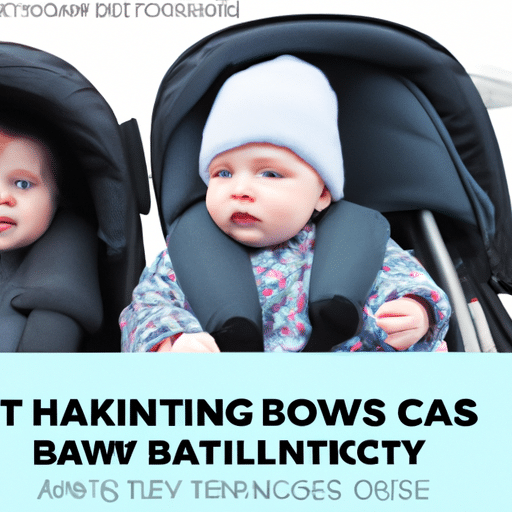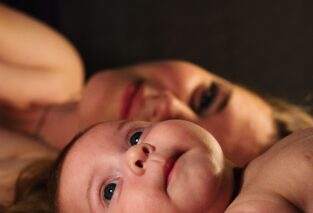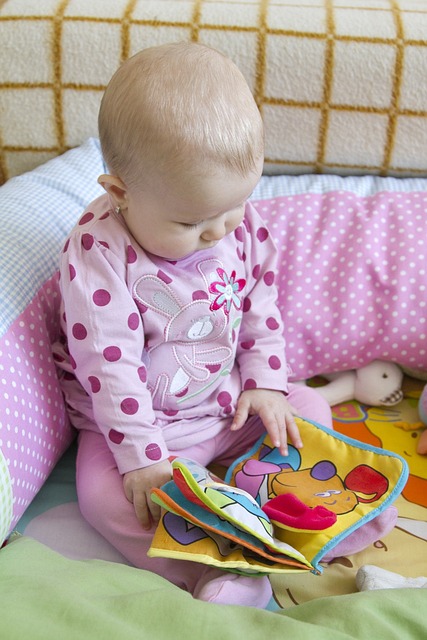Bundling up your little one in a cozy coat before heading out for a car ride may seem like the best way to keep them warm and snug. However, you might be surprised to learn that this seemingly innocent act could actually be compromising your baby’s safety. In this article, we will explore the reasons why babies should not wear coats in car seats, and uncover the potential risks that can arise from this common practice. So, grab a cup of tea and prepare to learn some valuable information that might just change the way you dress your baby for car rides!
Why Can’t Babies Wear Coats in Car Seats?

The Danger of Thick Coats in Car Seats
When it comes to keeping babies warm in the cold weather, many parents often reach for thick coats to bundle them up. However, what might seem like a cozy and protective solution can actually pose a significant danger in car seats. Thick coats can interfere with the proper strapping and harness fit, which are crucial for the safety of babies in car seats.
The Impact of Thick Coats on Proper Strapping
One of the main reasons why babies can’t wear coats in car seats is the impact it has on the proper strapping of the harness. Thick coats can create a gap between the baby’s body and the harness straps, leading to a loose fit. In the event of a car accident or sudden stop, this loose fit can result in increased movement and potential ejection from the car seat.
It is important to remember that car seats are designed to provide maximum protection when secured tightly to the baby’s body. Any kind of extra padding, such as a thick coat, prevents the straps from properly securing the baby, putting them at risk of injury.
The Risk of the Coat Acting as a Slippery Surface
Another concern with thick coats in car seats is the potential for them to act as a slippery surface. Coats with smooth and slippery materials may cause the baby to slide out of the harness during a car ride. This risk is heightened when the coat is compressed due to the force of a car accident or sudden stop. Thus, even if the straps are initially secured tightly, the smooth texture of the coat can make it difficult for the harness to maintain proper tension, leading to an increased risk of the baby slipping out of the seat.
The Importance of Proper Harness Fit
Proper harness fit is vital for the optimal safety of babies in car seats. The harness should fit snugly against the baby’s body, ensuring that it holds them securely in place in case of an accident. When a thick coat is worn, it introduces unnecessary bulk and prevents the harness from snugly fitting the baby. This compromises the effectiveness of the harness by creating slack, reducing the protection it provides.
To determine if the harness is properly fitted, you can perform a simple pinch test. After securing your baby in the car seat, try to pinch the harness at the shoulder. If you are able to pinch any excess material, then the harness is too loose and needs to be tightened. By eliminating the use of thick coats in car seats, you can ensure a proper harness fit and enhance the safety of your baby.
Body Temperature Regulation in Car Seats
While it’s important to keep babies warm during winter car rides, it’s equally crucial to consider their body temperature regulation. Although thick coats may provide warmth before entering the car, they can result in overheating once the car heater is turned on. Car seats are designed with materials that provide insulation and retain heat, meaning that babies bundled up in thick coats are more prone to overheating.
Additionally, bulky coats can restrict proper airflow around the baby’s body and potentially impede their breathing. This can become especially dangerous during long car rides. Therefore, finding alternative ways to keep babies warm without the use of thick coats is essential for maintaining a comfortable and safe temperature for them during car trips.
Alternative Solutions to Keep Babies Warm
So, if babies can’t wear coats in car seats, how can parents ensure their little ones stay warm during winter rides? There are several alternative solutions that are safe and effective in keeping babies cozy without compromising their safety in car seats.
One option is to dress babies in multiple thin layers. This method allows parents to regulate their baby’s temperature by adding or removing layers as needed. Thin layers enable the harness straps to fit snugly against the baby’s body, ensuring their safety while also providing warmth. It is important to dress babies in clothes that are appropriate for the weather conditions and consider the duration of the car ride.
Another alternative is to use a car seat cover specifically designed for use with car seats. These covers are made to fit securely over the car seat, providing insulation from the cold air while still allowing the harness to fit snugly against the baby’s body. It’s important to note that car seat covers should only be used while the car is in motion and should be removed once the vehicle is stopped to prevent overheating.

Layering Properly for Car Seat Safety
Dressing babies in thin layers properly is key for car seat safety in cold weather conditions. The first layer should be a thin, snug-fitting garment, such as a onesie or bodysuit, that acts as a base layer. Over this, parents can add a long-sleeved shirt or sweater, followed by a thin jacket or fleece for additional warmth. It is essential to avoid bulky garments, such as puffy coats or snowsuits, that can impede the proper fitting of the harness.
It’s important to remember that properly securing the harness straps in a car seat is essential, regardless of the weather conditions. After dressing your baby in thin layers, ensure that the harness straps are snugly secured against their body. You should be able to fit only two fingers between the straps and your baby’s collarbone. By layering properly and ensuring a secure harness fit, you can prioritize both the warmth and safety of your baby during car rides.
Using Car Seat Covers Wisely
While car seat covers can be a practical solution for keeping babies warm during winter rides, it’s crucial to use them wisely. Never use a car seat cover that goes underneath your baby or modifies the harness in any way. These modifications may compromise the integrity of the car seat and reduce its ability to protect your baby in the event of an accident.
Instead, opt for a car seat cover that fits over the car seat, leaving the harness unaltered. This allows the cover to provide insulation and keep your baby cozy without sacrificing their safety. It’s important to remove the cover once the vehicle is stopped or during prolonged periods to ensure proper airflow and prevent overheating.

Considering the Weather Conditions
When it comes to deciding how to dress your baby for a car ride, it’s essential to consider the specific weather conditions. If it’s only slightly chilly outside, dressing your baby in thin layers may be sufficient to keep them warm during the ride. However, if the temperatures are extremely cold, additional layers or a thicker sweater may be necessary.
By paying attention to the weather forecast and dressing your baby accordingly, you can ensure their comfort and safety throughout the journey. Remember, it’s always better to have a slightly colder baby than one who is overdressed and at risk in their car seat.
Educating Parents and Caregivers on Car Seat Safety
Proper education is vital in spreading awareness about the dangers of using thick coats in car seats and promoting safe practices among parents and caregivers. It’s important for parents to understand the potential risks and consequences that can arise from using thick coats in car seats and to be aware of alternative solutions to keep their babies warm.
Car seat manufacturers and child safety organizations can play a significant role in educating parents and caregivers about car seat safety. This can be achieved through various means, such as informative brochures, online resources, and educational campaigns. By providing accessible and comprehensive information, parents can make informed decisions and prioritize the safety of their precious little ones.
In conclusion, while bundling up babies in thick coats seems like a natural instinct to protect them from winter’s cold, it can pose a significant danger in car seats. Thick coats can interfere with the proper strapping, create a slippery surface, and impede the baby’s temperature regulation. However, by understanding the risks, exploring alternative solutions, layering properly, using car seat covers wisely, considering the weather conditions, and educating parents and caregivers, we can ensure the safety and comfort of our little ones during car rides.







